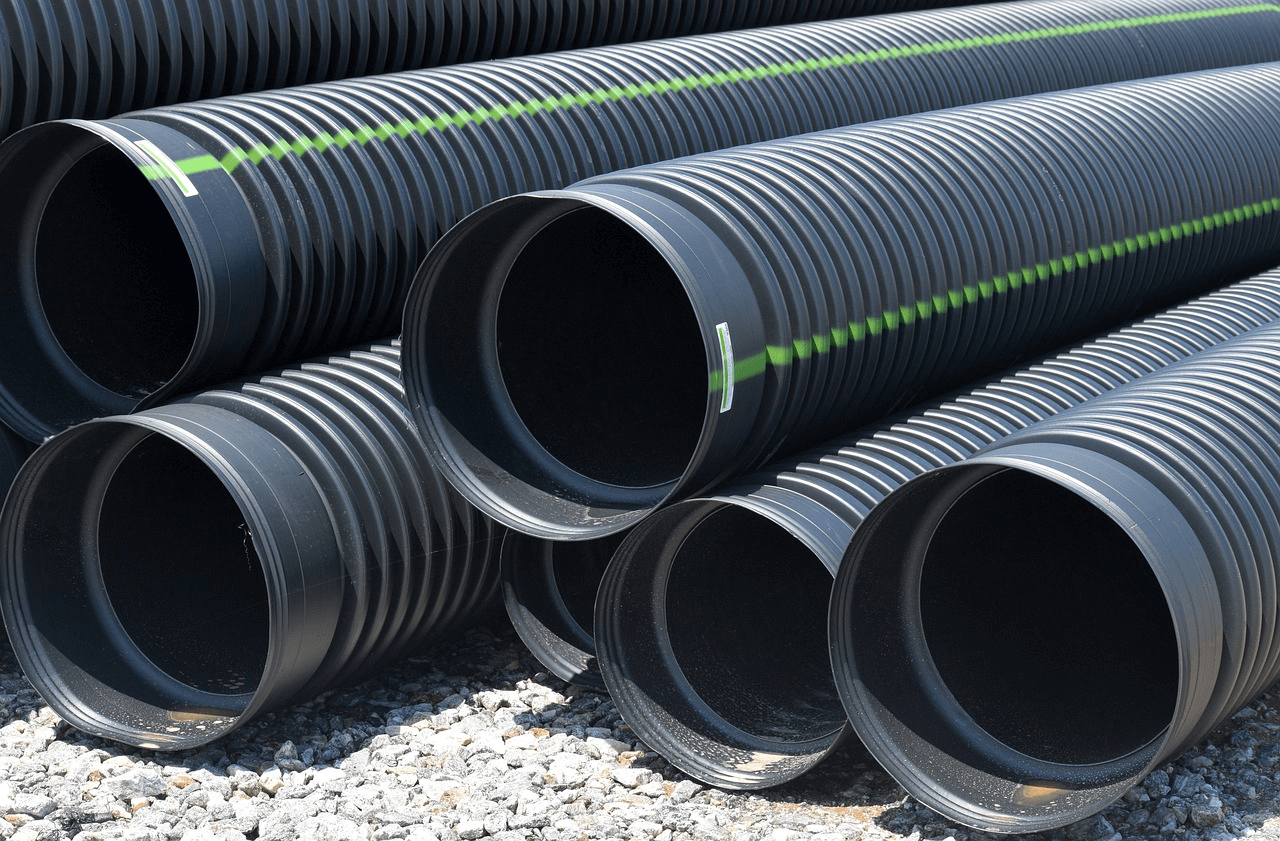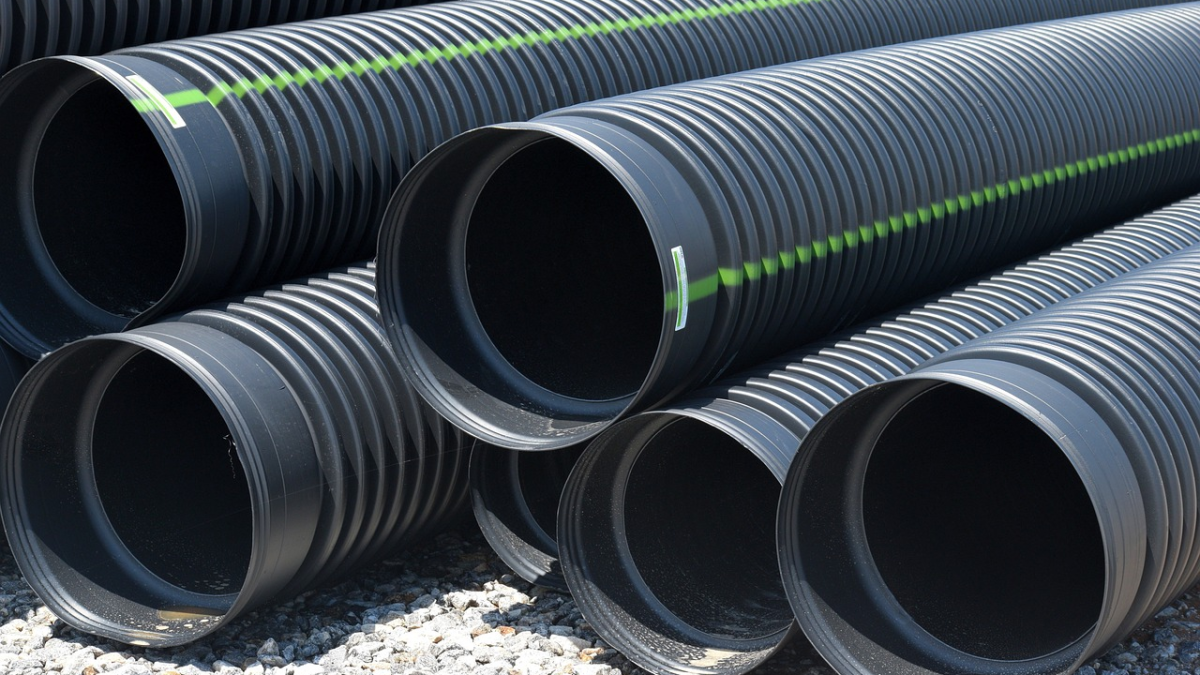
Your property’s sewer is crucial for your plumbing system’s proper functioning. Sewer problems are a significant health risk to you and your loved ones. Undetected pipe deterioration and leaks can cause foundation shifts, sinkholes, and soil erosion. The longer you ignore sewer issues, the costlier and more extensive the repairs become.
Knowing the different sewer problems and how to identify them can help ensure timely intervention, preventing further damage and significant repairs. Discussed below are eight common sewer problems.
Tree root intrusion
Root invasion or intrusion is a major cause of drainage and sewer issues. As trees look for nutrients and moisture, they may get attracted by your sewer line due to the small pipe cracks and leaks that form humidity. Upon finding their way into your sewer line, roots slowly grow and invade the sewer, causing many plumbing issues. You may not notice this problem until the tree roots are extensive. Failure to resolve this problem on time may lead to costly repairs or sewer replacement. When tree roots invade your plumbing, you may experience:
- Slow emptying sink and shower drains: Once tree roots get into your plumbing pipes, they can lead to pipe blockage, causing water in toilets, showers, and sinks to drain slowly
- Sudden rise in water bills: Root intrusion damages water pipes, leading to constant leaks that raise your water bills
- Sinkholes in your backyard: When pipes get severely damaged by tree roots, your lawn might get sinkholes and soft spots. Extreme root growth in sewer lines can crack or break pipes, resulting in constant water leakage, which causes the formation of sinkholes in your backyard
- Unexpected low water pressure: When your home suddenly starts experiencing low water pressure, it could be due to root intrusion-related blockages
- Gurgling drain noises: Once tree roots infiltrate sewer pipes, they interfere with free water flow, causing unusual noises. When you begin hearing the gurgling sounds when flushing the toilet or using the drains, it’s a sign that tree roots could be causing blockage
A professional plumbing service can inspect your sewer for possible root intrusion and diagnose it for repair or replacement. Also, relocating the trees near your sewer can help prevent root blockage.
Sewer line blockages/ clogs
When sewer line clogs overload your sewer system, organic waste and gray water can find their way into your property via the sewer lines. The backup can significantly damage your property, leading to substantial sewer repairs. A clogged sewer line issue may be caused by:
- Flushing hygiene products: Flushing wipes and other feminine hygiene products down your drain can lead to sewer line clogs
- Poor garbage disposal use: Improper garbage disposal use can lead to build-up in the primary sewer line
- Tree root intrusion: When tree roots grow into your sewer pipes, they grow into the pipes and cause blockage
- Fats and grease: Pouring grease and fats down your home’s drains creates blockages that can be hard to clear
Keeping up with plumbing maintenance can help prevent sewer blockages and their associated problems.
Pipe corrosion
Corrosion happens when the metal used to make your pipe interacts with elements like water and oxygen, weakening the pipe’s surface. In extreme situations, this can result in the pipe’s damage and complete deterioration. Metal pipe corrosion may be caused by:
- High oxygen: Water containing a high oxygen percentage corrodes pipes quickly
- Hard water: It’s high in magnesium, calcium, and other minerals that can corrode and weaken metal pipe surfaces
- Electrical currents: When ungrounded, these currents travel through pipes (copper) and lead to corrosion, weakening the pipe’s surface
- Acidic water: Water with a high PH level causes metals to dissolve from within
Once pipes corrode, they weaken and become susceptible to leaks. If unrepaired, the leaks can result in water damage and expensive repairs. Pipe corrosion may also block free water flow, causing clogs and lowering your pipe system’s pressure. If not resolved, water damage resulting from corroded pipes can cause mold growth. Once you start noticing pipe corrosion signs, call a plumbing expert immediately to identify the cause and get the rusty pipes replaced.
Sewer leaks
Sewer line leaks occur due to various reasons, including:
- Tree roots: Roots from shrubs and trees nearby can enter the sewer line through seams or cracks. As the roots thicken, breaks, cracks, and leaks occur. The roots may also clog the sewer line, causing sewage backup. You can schedule immediate sewer repairs and relocate the trees near the sewer line to avoid this problem
- Broken pipes: When pipes break, wastewater can leak and destroy the surroundings. If you notice damaged sewer pipe signs, a professional can help repair it
- Old sewer lines: As time passes, sewer lines age, making them more brittle and likely to crack. Replacing all the old sewer lines can help prevent leak risks
- Faulty sewer line: If your sewer line isn’t in good condition or wasn’t correctly installed, a leak may occur. Getting the sewer line inspected can help determine if you require a sewer line repair
Sewer leaks can raise your water bill and cause unwanted critters. They may also lead to home damage and water contamination. So, get the problem fixed promptly.
Pipe shifting
When the soil around your sewer pipe shifts, the pipes sag or develop a belly and lose the slope needed for proper drainage, letting solids, sediment, standing water, and other debris accumulate in the sewer line. This may result in backups, corrosion, and blockages in the sewer line. Soil shifting may also cause flooding on your property and leaky sewer lines. Foundation cracks and gas pipe damage may also occur. Sewer pipes shift out of the right position due to various reasons, including:
- Poor planning and installation
- Soil erosion
- Tree root growth
- Flooding
- Construction works
Based on the reason for your pipe shift, a sewer line expert can offer solutions that repair and prevent future pipe shifts.
Sewer backup
Sewer backup occurs when wastewater comes up a toilet, drain, or sink due to damage or an obstruction. Failure to resolve this problem promptly causes wastewater to continue filling drainpipes and sewer lines, causing a backup. This problem may arise due to an old sewer system, tree roots in the sewer pipes, and downspouts, sump pumps, and gutters directed into the sewer. Getting your sewer line inspected and cleared can help prevent sewer backup. Replacing old sewer lines can also help.
Endnote
Sewer line issues come with many inconveniences. Learning the common sewer problems can help you find ways to fix or prevent them.
Ava Clarkson
Related posts
Stay connected
- How LoveOn Chat Is Becoming the Most Versatile AI Companion for Digital UsersThe internet keeps shifting toward hyper-personal interaction, and AI companions are at the center of this shift. What used to be simple chatbots are now evolving into emotionally aware, adaptive, and multi-functional digital partners. Among the new generation of platforms, LoveOn Chat is becoming one... The post How LoveOn Chat Is Becoming the Most Versatile […]

